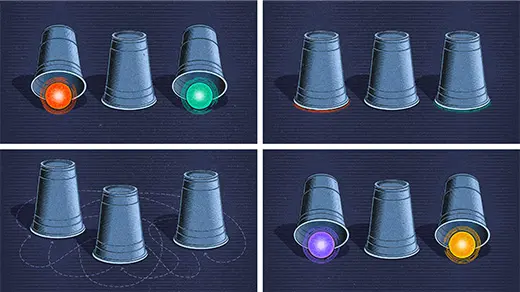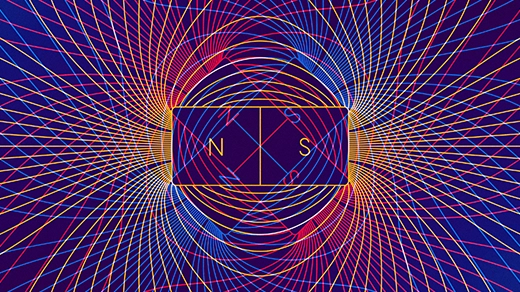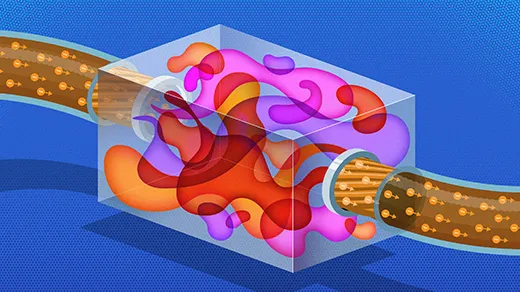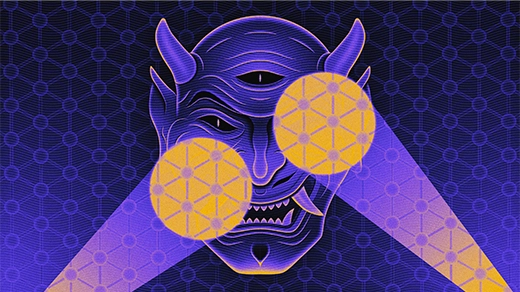What's up in
Quasiparticles
Latest Articles
‘Paraparticles’ Would Be a Third Kingdom of Quantum Particle
A new proposal makes the case that paraparticles — a new category of quantum particle — could be created in exotic materials.
Physicists Puzzle Over Emergence of Strange Electron Aggregates
Electrons have been seen uniting into entities with fractions of electric charge, this time without a magnetic field coaxing them into it.
New Kind of Magnetism Spotted in an Engineered Material
In an atomically thin stack of semiconductors, a mechanism unseen in any natural substance causes electrons’ spins to align.
Meet Strange Metals: Where Electricity May Flow Without Electrons
For 50 years, physicists have understood current as a flow of charged particles. But a new experiment has found that in at least one strange material, this understanding falls apart.
Invisible ‘Demon’ Discovered in Odd Superconductor
Physicists have long suspected that hunks of metal could vibrate in a peculiar way that would be all but invisible. Now physicists have spotted these “demon modes.”
Physicists Create Elusive Particles That Remember Their Pasts
In two landmark experiments, researchers used quantum processors to engineer exotic particles that have captivated physicists for decades. The work is a step toward crash-proof quantum computers.
A New Theory for Systems That Defy Newton’s Third Law
In nonreciprocal systems, where Newton’s third law falls apart, “exceptional points” are helping researchers understand phase transitions and possibly other phenomena.
Major Quantum Computing Strategy Suffers Serious Setbacks
So-called topological quantum computing would avoid many of the problems that stand in the way of full-scale quantum computers. But high-profile missteps have led some experts to question whether the field is fooling itself.
Physicists Create a Bizarre ‘Wigner Crystal’ Made Purely of Electrons
The unambiguous discovery of a Wigner crystal relied on a novel technique for probing the insides of complex materials.








